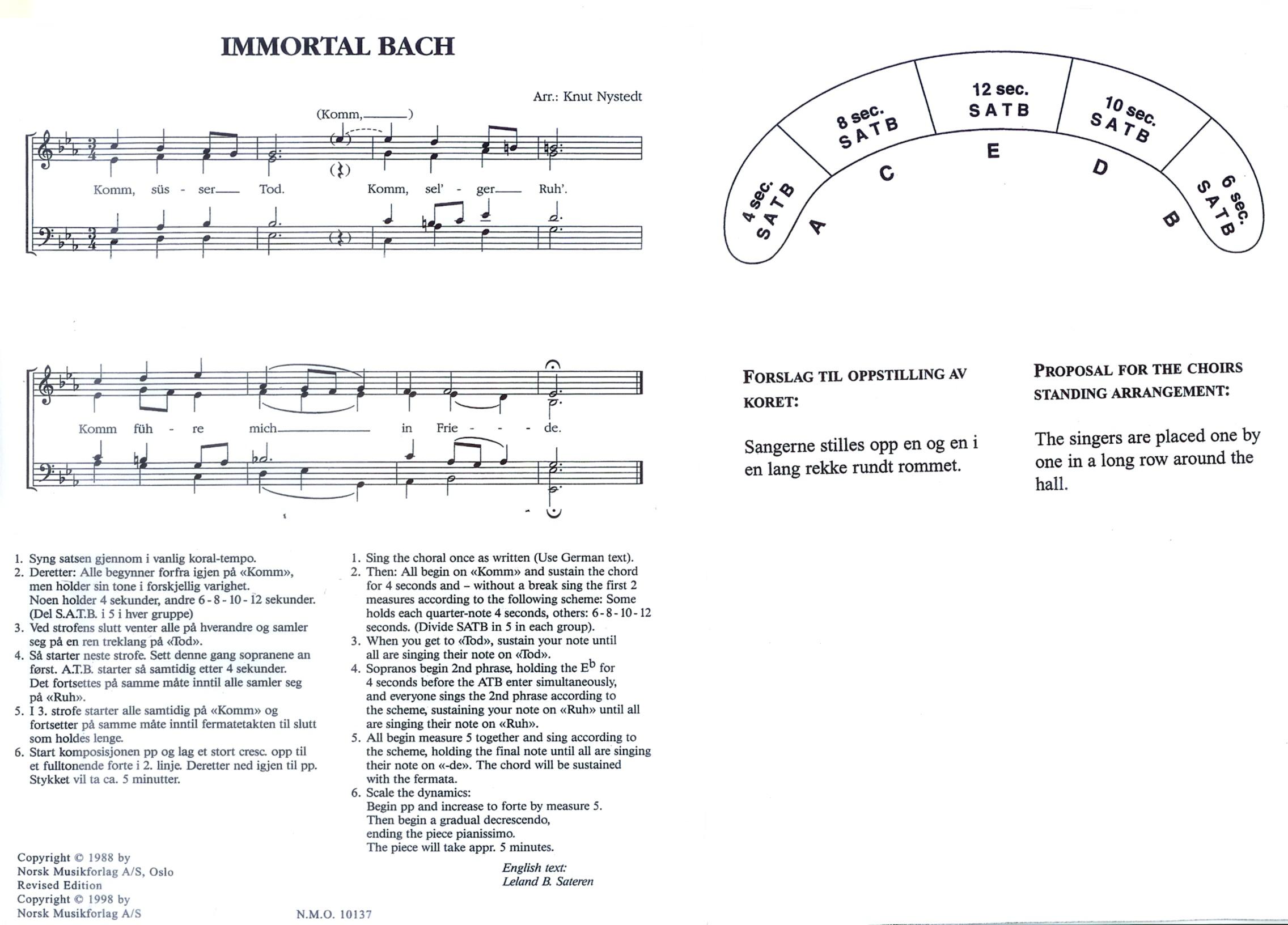You know you're beaned when you get bored and make coffee at 10 p.m., just because you're bored and want to fall asleep to the smell.
You use empty coffee bags as drawer sachets.
You look up what order to order your itemized list in a beverage (the one presented on the cup, starting with size of course).
You have tried mixing light and dark roast together to make medium roast, and it doesn't work.
Your heart leaps with joy when you see Caribou has texted you...except it's not the $2 medium drink for which you hoped.
You have spilled coffee on every white piece of clothing you own (bonus points: your wedding dress).
You know that Folgers is seriously shooting itself in the foot by being in a plastic canister, not a bag lined in foil.
You remove your coffee grounds from the bag and put them into an individual, sterilized jar.
You can't tell whether or not gas has leaked in your apartment because it smells so strongly of coffee.
Chocolate-covered espresso beans are the ultimate treat.
You know that Caribou gives free refills of the "on tap" roasts with purchase of a specialty drink.
You give a piano recital that is coffee-themed.
Every time you think of the "Coffee Cantata" you start cracking up because you realize that J.S. Bach seriously wrote that.
You tell your tea-drinking, owl-loving friends (because that's how they come) that no, you're not too caffeinated, coffee has way more health benefits anyway.
You drink the first cup just to get started, the second to warm yourself up, and the third to actually work.
You meet another person who thinks they love coffee more than you, and you inwardly laugh to yourself.
You can distinguish a peculiar taste to decaf, somewhat reminiscent of marinara sauce.
 You have so frenziedly made coffee that you forgot the water/filter/grounds/all of the above.
You have so frenziedly made coffee that you forgot the water/filter/grounds/all of the above. You have coffee grounds in every drawer of your pantry, with no recollection of how they got there.
You know what Cuban coffee is and it is the best stuff you will have in your life.
You consider ways of incorporating coffee into your wedding theme.
You have ordered beans directly from Hawaii and not even bothered to note the shipping costs.
You like dark beer mainly because it reminds you of coffee.
You were so pumped to have come up with this list, you wrote a note about it to celebrate.
I must be beaned.







